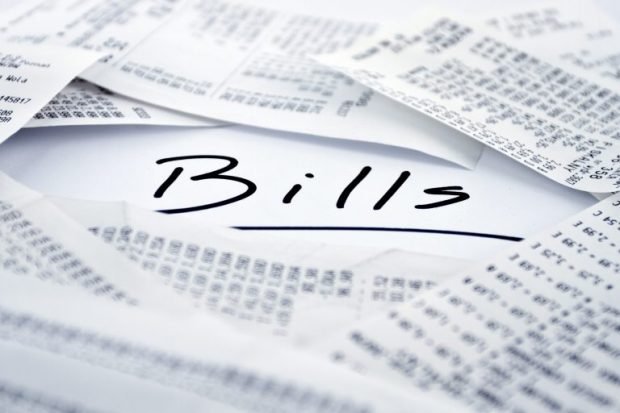U.S. Foreclosure Activity Drops To 12-Year Low In 2017
Foreclosure filings — default notices, scheduled auctions and bank repossessions — were reported on 676,535 U.S. properties in 2017, down 27 percent from 2016 and down 76 percent from a peak of nearly 2.9 million in 2010 to the lowest level since 2005, according to ATTOM a national property database. The U.S. foreclosure rate in 2017 was 0.51 percent of housing units with a foreclosure filing, also a 12-year low.
“Thanks to a housing boom driven primarily by a scarcity of supply, which has helped to limit home purchases to the most highly qualified — and low-risk — borrowers, the U.S. housing market has the luxury of playing a version of foreclosure limbo in which it searches for how low foreclosures can go,” said Daren Blomquist, senior vice president at ATTOM Data Solutions.
Foreclosure starts at new record low nationwide, increase in DC and five states
Lenders started the foreclosure process on 383,701 U.S. properties in 2017, down 20 percent from 2016 to a new all-time low going back as far as foreclosure start data is available — 2006.
“Across Southern California, while foreclosures have maintained historically low levels during much of 2017, housing affordability has become the concern that has many watching the market for a potential shift in the near future,” said Michael Mahon, president of First Team Real Estate, covering the Southern California market, which also posted an 11-year low in foreclosure starts in 2017. “With wage growth not meeting equity growth across many Southern California markets — coupled with rising interest rates — there are some concerns that foreclosures could be on the rise in 2018.”
Counter to the national trend, the District of Columbia and five states posted year-over-year increases in foreclosure starts in 2017, including Illinois (up 2 percent); Oklahoma (up 23 percent); Louisiana (up 2 percent); DC (up 54 percent); West Virginia (up 32 percent); and Vermont (up 27 percent).
New York foreclosure auctions at 11-year high, counter to 11-year low nationwide
A total of 318,165 U.S. properties were scheduled for public foreclosure auction (the same as a foreclosure start in some states) in 2017, down 27 percent from 2016 to a new all-time low going back as far as foreclosure auction data is available — 2006.
“The data for the Seattle market tells a very big story, and that is we are not seeing a housing bubble forming,” said Matthew Gardner, chief economist at Windermere Real Estate, covering the Seattle market, where scheduled foreclosure auctions in 2017 dropped 47 percent to an 11-year low. “With foreclosure rates at less than 0.4 percent of total housing units, the market is remarkably stable. That said, we are certainly suffering from serious affordability issues, but this is not translating into defaults on loans.”
The District of Columbia and seven states posted a year-over-year increase in scheduled foreclosure auctions in 2017, including New York (up 9 percent to the highest level since 2006); Oklahoma (up 4 percent); Connecticut (up 7 percent); and Maine (up 2 percent).
New Jersey bank repossessions at 11-year high, counter to 11-year low nationwide
Lenders repossessed 291,579 properties through foreclosure (REO) in 2017, down 23 percent from 2016 to the lowest level since 2006 — an 11-year low.
Counter to the national trend, the District of Columbia and seven states posted a year-over-year increase in REOs in 2017, led by New Jersey (19 percent increase to the highest level since 2006); Delaware (up 16 percent); Montana (up 12 percent); DC (up 10 percent); and Wyoming (up 10 percent).
Top foreclosure rates in 2017
States with the highest foreclosure rates in 2017 were New Jersey (1.61 percent of housing units with a foreclosure filing); Delaware (1.13 percent) and Maryland (0.95 percent).
Average time to foreclose jumps above 1,000 days nationwide
U.S. properties foreclosed in the fourth quarter of 2017 had been in the foreclosure process an average of 1,027 days, a 14 percent jump from the previous quarter and a 28 percent increase from a year ago.




